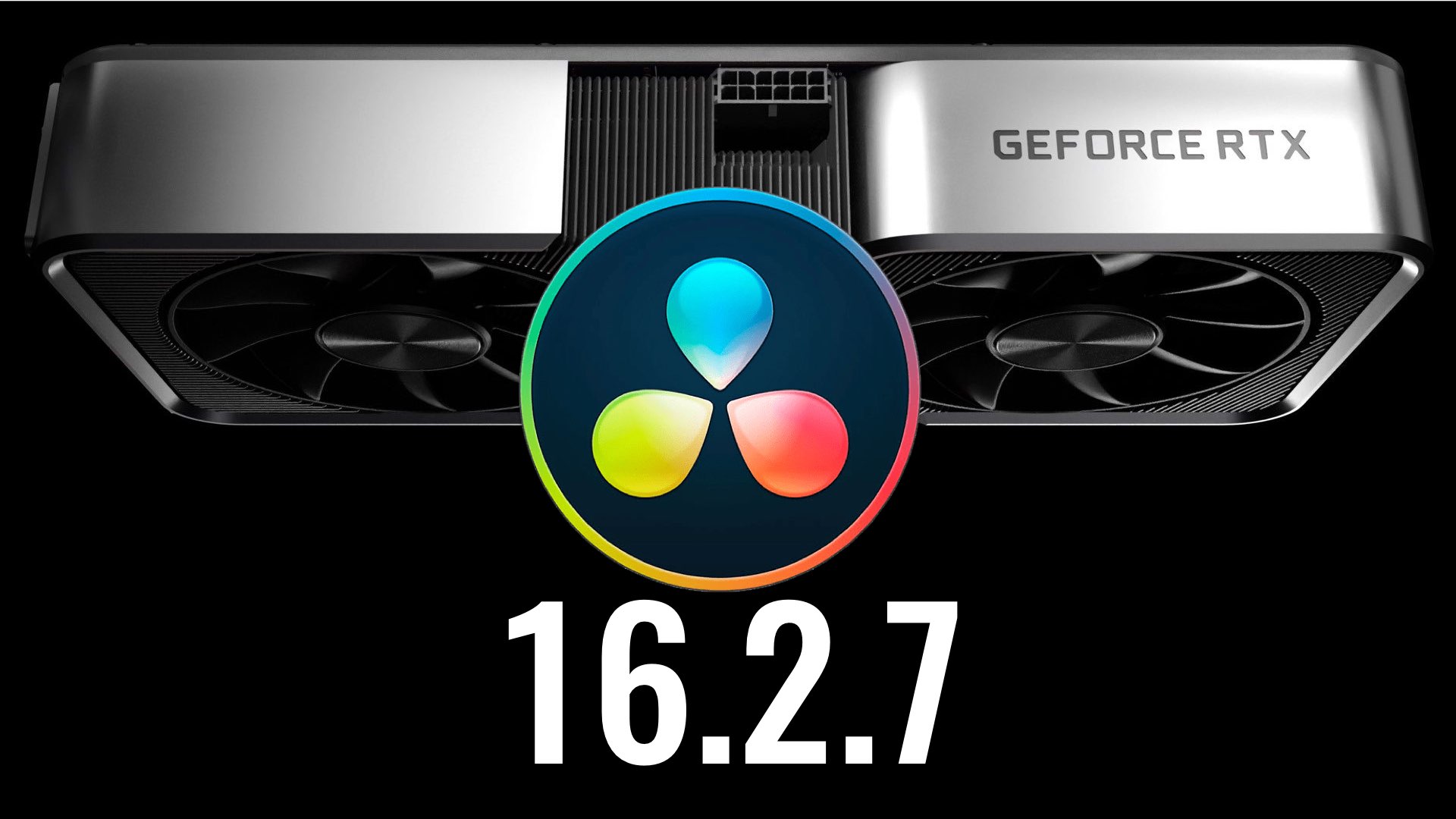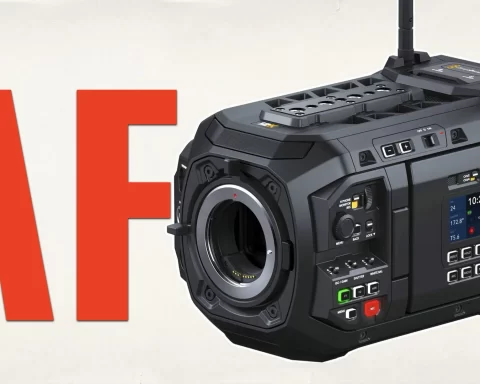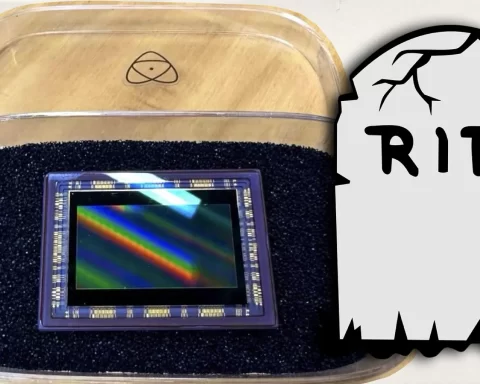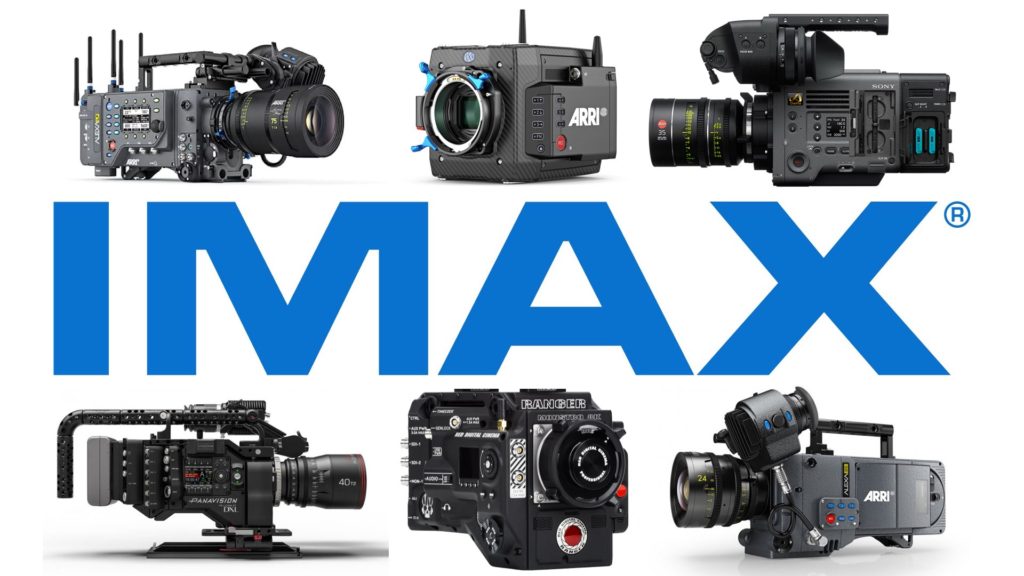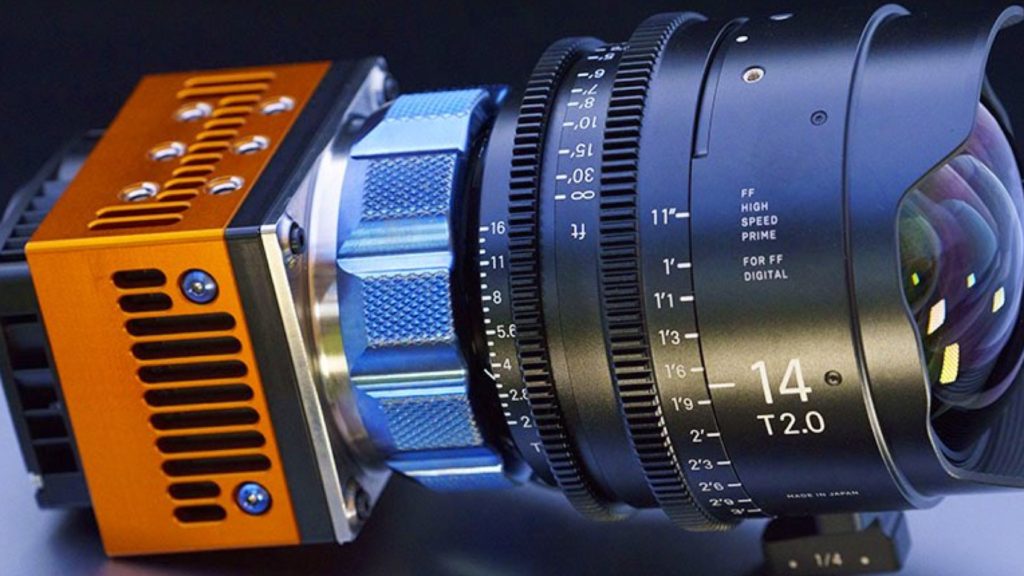Blackmagic Design has released DaVinci Resolve 16.2.7. While this version seems like a minor update, a pretty powerful feature has been implemented to support NVIDIA Ampere GPUs on Linux and Windows systems. That means Resolve 16.2.7 supports the newly announced GeForce RTX 30 series. What does it mean? Read below.
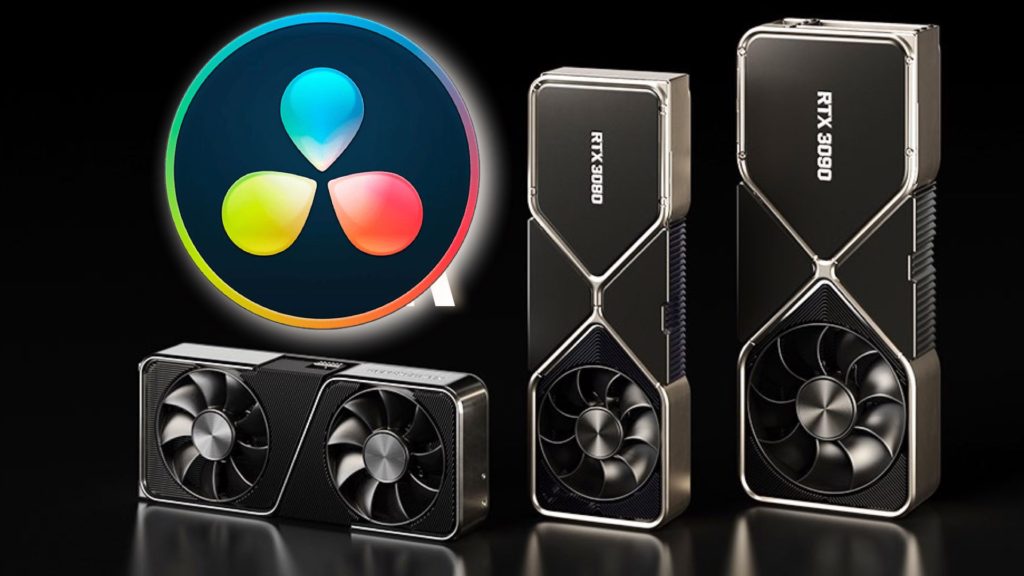
DaVinci Resolve 16.2.7
The new version of resolve includes the following highlights:
- Support for NVIDIA Ampere GPUs on Linux and Windows systems.
- Addressed an issue with importing 23.976 fps ATEM ISO projects.
- General performance and stability improvements.
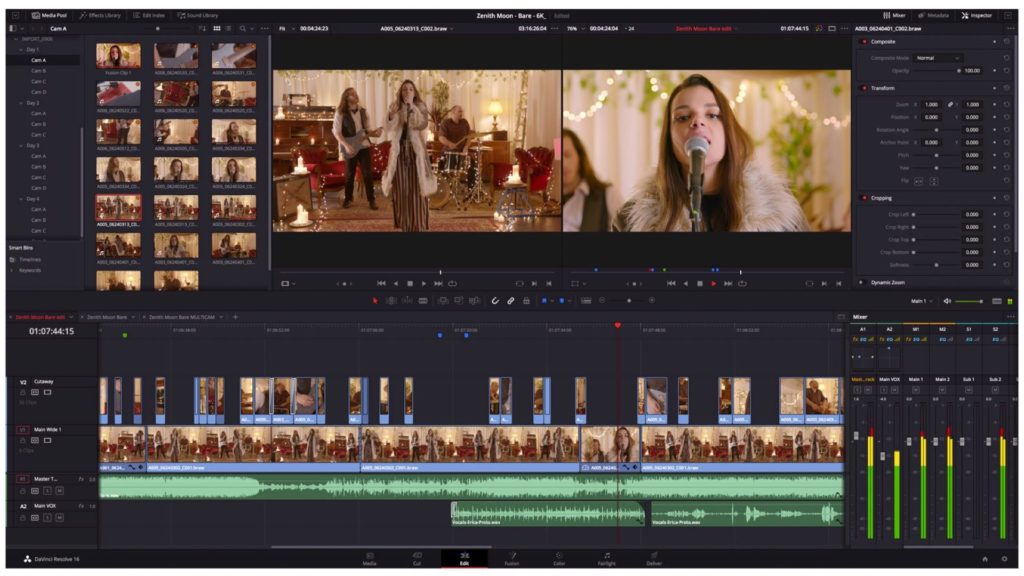
The biggest news here is the support for Ampere architecture, which is the main technology behind the newly announced GeForce RTX 30 series by NVIDIA. The family of new NVIDIA Ampere architecture GPUs are designed to accelerate many different types of computationally intensive applications and workloads. The first NVIDIA Ampere architecture GPU, the A100, was released in May 2020 and provides tremendous speedups for AI training and inference, HPC workloads, and data analytics applications. In case you’d want to take a deep dive into the technology, make sure to read the NVIDIA Ampere GA102 GPU Architecture white-paper released just a few days ago.
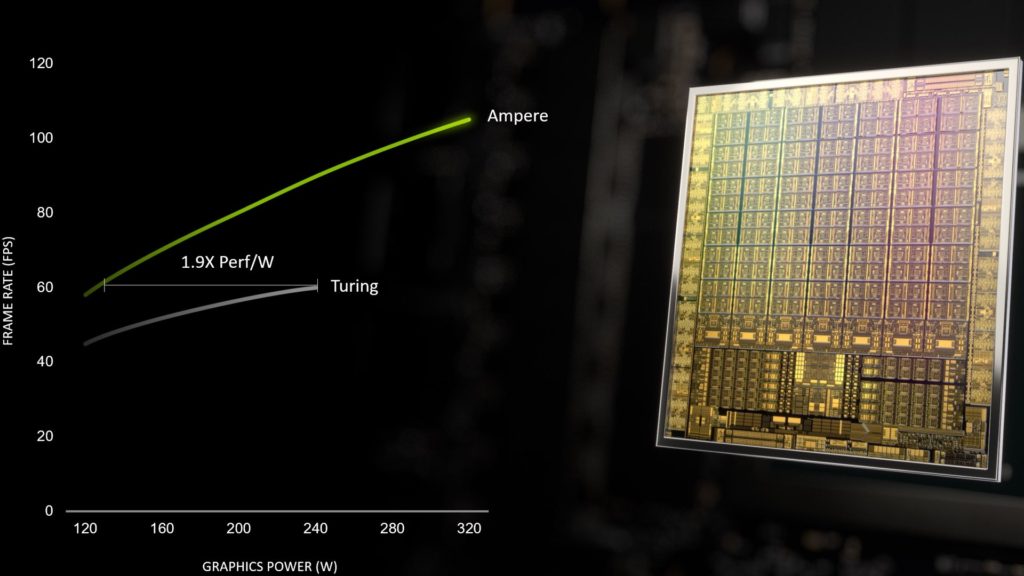
GeForce RTX 30 series
The GPUs that are based on the Ampere architecture were announced at the beginning of the month. The family is called GeForce RTX 30 and includes three GPUs: RTX 3070, RTX 3080, and RTX 3090. To learn more, make sure to read our article on the announcement: NVIDIA Introduces the GeForce RTX 30 Series: New GPUs to Boost 8K HDR Editing. Many filmmakers claimed that this new RTX 30 series is less relevant for the industry and more connected to gamers. However, between the lines, NVIDIA noted that the GeForce RTX 30’s bread and butter are to deal with 8K content creation and consumption with a special allegiance regarding HDR. Furthermore, in some perspectives, gamers are very similar to filmmakers since both of them demand valid technology that can deal with huge amounts of data, calculation, rendering, and more. Moreover, thanks to the Ampere architecture, the cost-effective ratio is now better in comparison with 1st generation RTX. So you casually get more processing power for less money. For instance, according to NVIDIA, the GeForce RTX 3090 is the world’s first graphics card that lets you play, capture and watch 8K HDR. NVIDIA claims that the RTX 30 can multiply the speed of 8K HDR video editing by two.
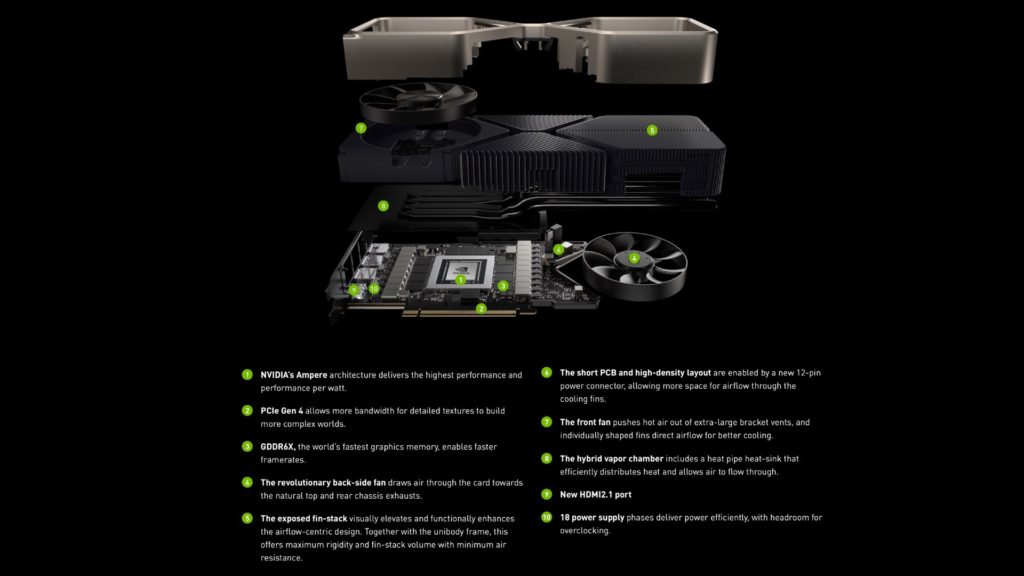
Initial thoughts
Glad to see Resolve is among the first NLEs to support the Ampere architecture. In my opinion, it will take time until we reveal this support in FCPX and Premiere as well. The Ampere technology together with the new RTX 30 series is supposed to enhance 8K editing and grading, especially in regard to HDR imagery. We’ll update you in more implementations of Ampere architecture so stay tuned.

